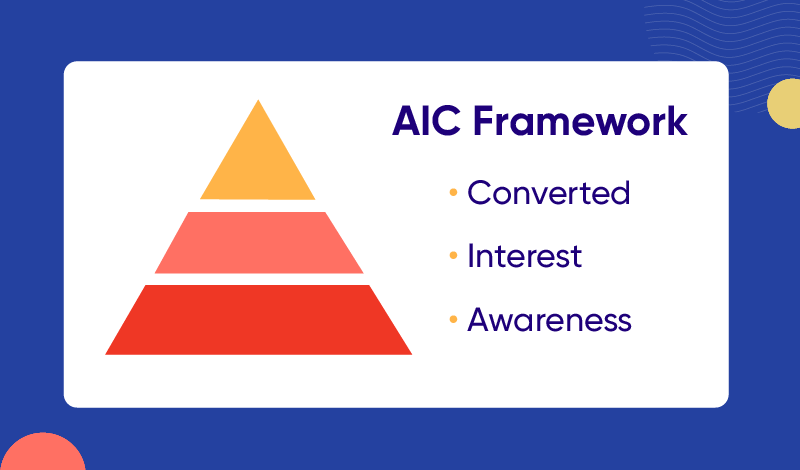Imagine this: you’re sitting in the doctor’s office for your annual physical. The doctor comes in with his clipboard, makes a congenial comment about the weather, asks if anything in particular has been bothering you. Then he checks your pulse against his watch, declares you’re healthy as a horse, and sends you on your way.
….That’s it?
Monitoring Monthly Active Users (MAU) is like keeping a finger on your app’s pulse. It’s good to check it — but if that’s all you’re looking at? You’re in trouble.
You can’t get an accurate picture of your business with MAU, and you certainly can’t sustain real growth if it’s your north star metric.
MAU is a Deceptive Metric
If you’re only looking at MAU, your app could appear to be perfectly healthy. But instead of engaged users, you could be seeing a huge group of new users you’ve just acquired — and you’re most likely going to lose 90% of them in the next 30 days.
A majority of MAU is also due to acknowledgment actions: users tapping on a push you sent that opened the app, or clicking on a deep link in an email that brought them to a product page. Or even mistakenly tapping the wrong app icon on their home screen.
Bottom line: opening the app doesn’t mean anything if those users aren’t engaging more meaningfully with the app. You could have a billion MAUs — but if none of those users are actually converting, you’ve got nothing more than a failing business.
You have to look at MAU numbers through the lens of user retention.
How many of the active users from last month showed up again this month? Will they come back next month? Are they completing the actions that matter for your business?
Making MAU Meaningful with the AIC Framework
A high or low MAU can be a good reality check. But you need to go deeper to understand the quality of your users’ engagement. How many of those MAUs are simply opening the app, and how many are converting?
Get deeper insights by segmenting those MAUs into groups, mapping them to what we’ve termed the AIC Framework.
It functions as a pyramid, with the bottom layer as Awareness. These are users who launch your app occasionally and have perhaps subscribed to your email newsletter, but don’t engage with you beyond that surface level.
Interested users make up the middle of the pyramid, and go a step further to engage with you: they perform a key in-app action like conducting a search, listening to a song, or uploading a photo.
Finally, at the top of the pyramid are Converted users. These are customers who have made a purchase, subscribed to your service, created a profile — whatever a conversion means for your business.
By breaking your MAUs into these three major groups, you can more effectively lead each segment into deeper and deeper engagement with your brand. You wouldn’t push a user who is only aware of you to jump straight to a conversion, for instance. Instead, create campaigns that encourage them to complete key actions and develop habits around using your app.
MAU May Not Fit Your Usage Interval
DAU/MAU became a popular metric largely because of Facebook: it was an easy way to highlight the social network’s record-breaking growth and engagement rates. But DAU/MAU simply doesn’t make sense unless you are Facebook — or a similar social media app like Twitter.
You can’t expect people to use a travel app on a monthly basis, for example. How many people do you know call an Uber for their daily commute? Airbnb is majorly successful, yet the average user books twice a year.
Think about how customers use your product, consider your ideal usage interval, and instead put your focus on retention. No matter how good your home renovation or currency conversion app is, nobody is going to use it every single month. But if they’re coming back year after year? You’ve got a clear product/market fit and an opportunity for exponential business growth.
What to Measure Instead of MAU

MAU is just one piece of the puzzle.
If you’ve got a high-frequency product or your monetization model is based on ads, MAU may make sense for your business. If not, you simply have to find the metrics that tell you if users are finding value in your product. We recommend tracking your monthly retention rate, key conversion rates, and customer lifetime value (CLTV).
Who are your hardcore users? What are they doing inside your app? What can you do to get more users to follow in their (digital) footsteps? Using cohort analysis to identify this group of champion users is a major step in understanding and growing your loyal customer base.
Next, what in-app actions are correlated with higher engagement? Look at factors like amount of content streamed, type of products searched or purchased, specific features used, etc. Find out which behaviors you can encourage in order to lift MAU over time and draw users into more meaningful engagement with your brand. Because ultimately, that’s what creates loyal customers.
From Monthly Active Users to Meaningfully Active Users
It’s not that MAU is a complete bullshit metric. It’s just not a reliable indicator of business health or growth by itself. It’s a lagging indicator that too easily disguises real problems with your app’s product/market fit and ability to drive sustainable growth.
To get a complete view of your app’s health, you need to track monthly retention, conversion rates, and CLTV. You need to understand who your users are, what they do in your app, how long they stick around, and what factors influence their decision to stay active (or uninstall). Only then can you apply those insights to deliver more value for your users and keep them coming back.

See how today’s top brands use CleverTap to drive long-term growth and retention
Anand Jain 
Co-Founder & CPO.Expert in technology, marketing & building companies.
Free Customer Engagement Guides
Join our newsletter for actionable tips and proven strategies to grow your business and engage your customers.














































